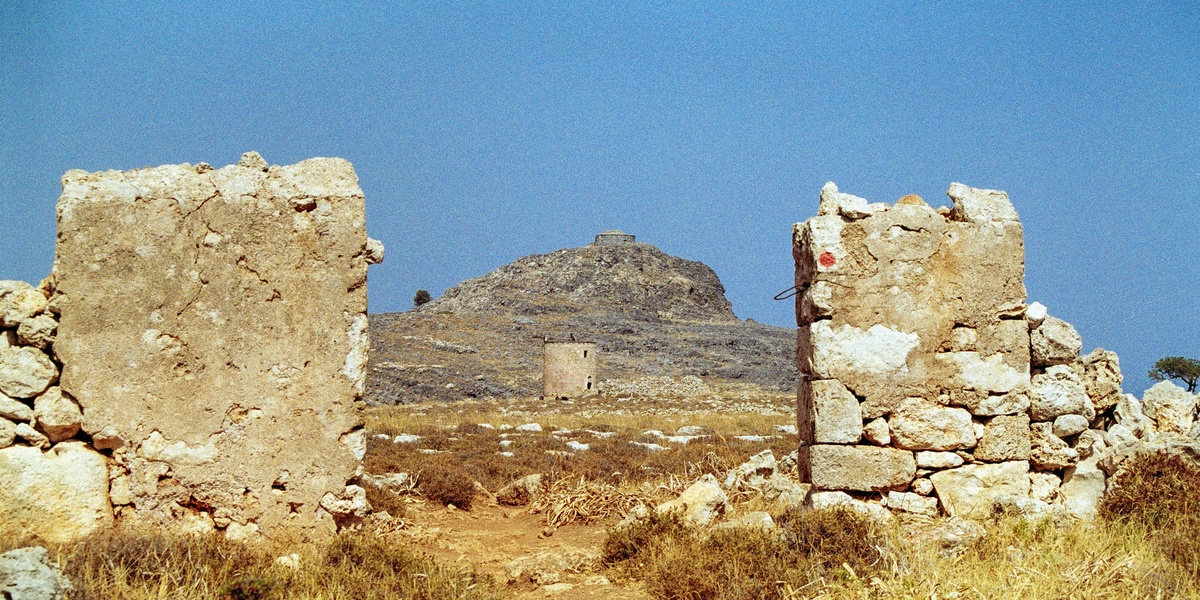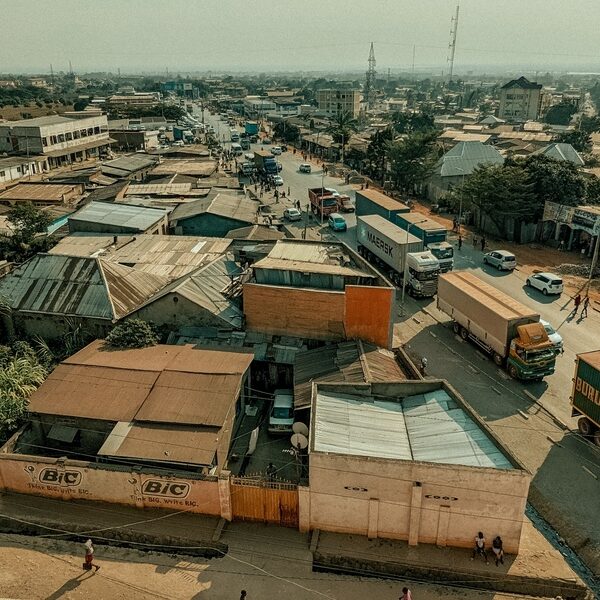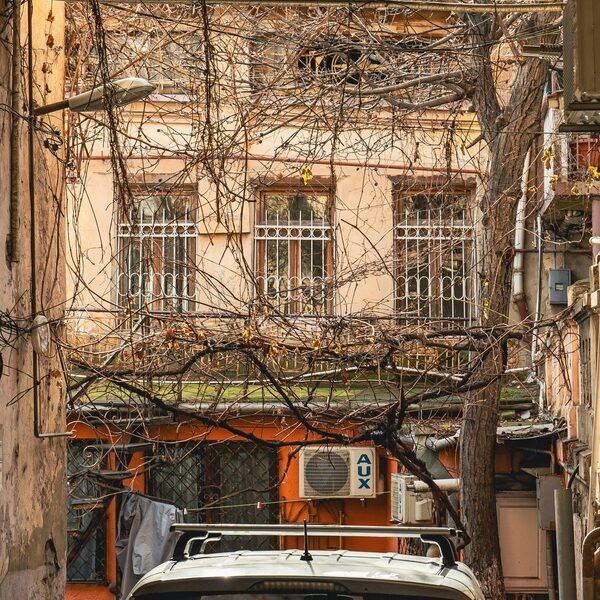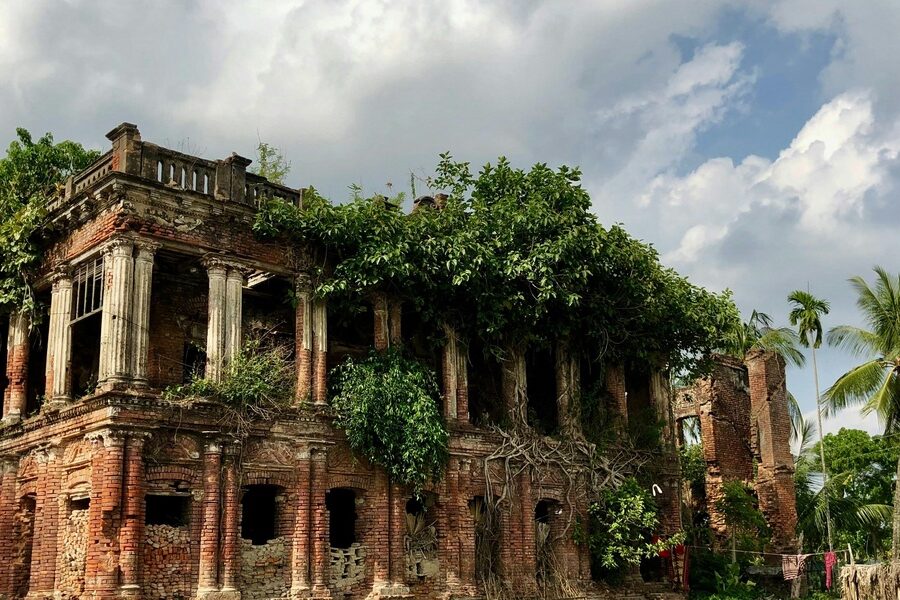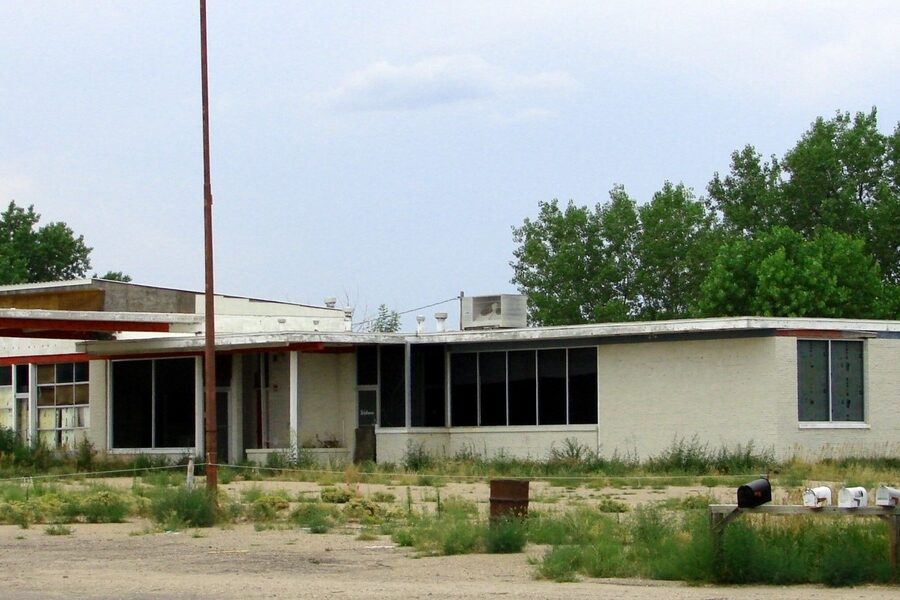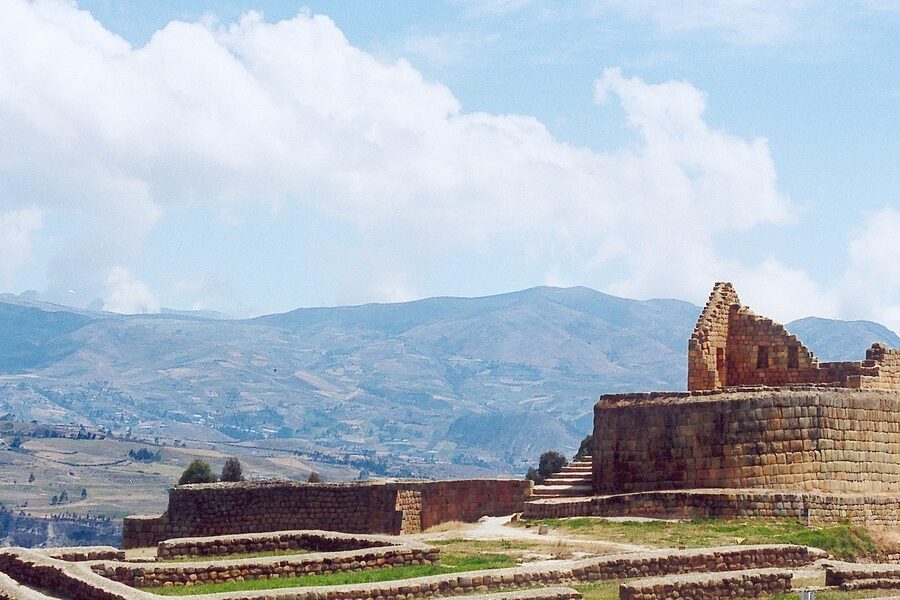Burkina Faso’s dry plains and rocky outcrops hold traces of long-lived communities and early industry, from ceramic workshops to smelting sites. These ruins reveal shifting trade routes, local technologies, and settlement patterns that shaped the region over centuries.
There are 10 Ruins in Burkina Faso, ranging from Békuy Metallurgy Site to Yamané Metallurgy Site. For each entry you’ll find below Location,Coordinates (lat,lon),Period & significance (century;max 15 words),Description (30-50 words), presented to help compare sites quickly — you’ll find below.
Are these ruins typically open to visitors?
Access varies: some sites are on public land and reachable by road, while others are remote or protected. Check local tourism offices or research institutions, hire a local guide when possible, and respect preservation rules and community wishes before visiting.
How were metallurgical sites like Békuy and Yamané studied and dated?
Researchers combine excavation records, radiocarbon dating of charcoal, slag and artifact analysis, and comparisons with regional typologies; oral histories and landscape surveys also help place sites in their historical and cultural context.
Ruins in Burkina Faso
| Name | Location | Coordinates (lat,lon) | Period & significance (century;max 15 words) | Description (30-50 words) |
|---|---|---|---|---|
| Ruins of Loropéni | Sud-Ouest Region, near Gaoua | 10.183,-3.533 | 11th-19th c.; UNESCO site linked to trans-Saharan gold trade. | These imposing stone walls, reaching up to six meters high, are what remain of a fortified settlement. A UNESCO World Heritage site, Loropéni’s mysterious origins are thought to be tied to the prosperous trans-Saharan gold trade that enriched the region for centuries. |
| Douroula Metallurgy Site | Boucle du Mouhoun Region, near Douroula | 12.599,-3.279 | 8th c. BCE; Earliest evidence of iron production in Burkina Faso. | Part of a UNESCO World Heritage series, Douroula reveals West Africa’s ancient iron-smelting history. Excavations here unearthed furnace remnants dating back to the 8th century BCE, pushing back the timeline of iron production in the region and showcasing remarkable early technology. |
| Ruins of Niansogoni | Cascades Region, near Sindou | 10.662,-5.195 | Unknown ancient; Fortified cliff village built for defense. | Tucked into a cliff face near the famous Sindou Peaks, Niansogoni is a stunning abandoned village. Its stone and mud-brick houses, granaries, and ritual sites were built in this hard-to-reach location for protection, offering a fascinating glimpse into past lives. |
| Tiwêga Metallurgy Site | Centre-Nord Region, near Kaya | 13.292,-1.139 | 13th-16th c.; Features several impressive standing natural-draught furnace ruins. | This site showcases the incredible skill of ancient blacksmiths. You can see several well-preserved, direct-induction furnaces still standing today. These tall, chimney-like structures are a powerful testament to the widespread and sophisticated iron production that once thrived across the Sahel. |
| Pobé-Mengao Rock Carvings | Sahel Region, near Djibo | 13.883,-1.7 | Neolithic to historic; Depicts animals, warriors, and symbols over millennia. | This open-air gallery features hundreds of petroglyphs etched into rocky outcrops. The carvings, created over thousands of years, show warriors with lances, chariots, and a variety of wildlife, telling the long story of human and environmental change in the Sahel. |
| Békuy Metallurgy Site | Hauts-Bassins Region, near Békuy | 11.233,-4.266 | 10th-11th c. CE; Notable for its large slag heaps and partially buried furnaces. | Another key part of the UNESCO metallurgy series, Békuy is distinguished by its huge mounds of slag—industrial waste from iron smelting. The site’s furnaces, some partially buried, highlight a long and intensive period of iron production vital to the local economy. |
| Ruins of Obiré | Sud-Ouest Region, near Loropéni | 10.25,-3.45 | c. 18th-19th c.; Fortified settlement of the Gan people. | Located near the more famous Loropéni, Obiré was a major political and religious center for the Gan people. Its ruins include fortifications and the remains of royal residences, offering important insights into the history of the Gan kingdom and its defensive strategies. |
| Hypogea of Ziniare | Plateau-Central Region, near Ziniaré | 12.583,-1.299 | Unknown ancient; Underground chambers used as dwellings or refuges. | A unique archaeological puzzle, these underground dwellings were carved out of laterite soil. While their exact age and purpose are debated—whether for permanent homes, storage, or hiding places during raids—they represent a fascinating and unusual form of ancient architecture in the region. |
| Yamané Metallurgy Site | Centre-Nord Region, near Kaya | 13.315,-0.899 | 13th-14th c.; Site contains well-preserved standing furnace structures. | Similar to nearby Tiwêga, the Yamané site is an important component of Burkina Faso’s iron history. The ruins of its furnaces demonstrate the advanced metallurgical knowledge that allowed communities to produce iron, a crucial material for tools, weapons, and economic power in the region. |
| Markoye Rock Engravings | Sahel Region, near Markoye | 14.65,-0.05 | c. 1,200 BCE – 1,500 CE; Extensive petroglyphs including chariots, cattle, and warriors. | This major rock art site in the arid Sahel contains a vast collection of engravings spanning different eras. The famous “chariot routes” carvings suggest ancient trans-Saharan connections, while later images of horsemen and camels document the changing cultures and climate of the region. |
Images and Descriptions
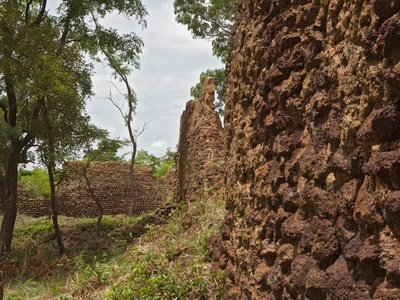
Ruins of Loropéni
These imposing stone walls, reaching up to six meters high, are what remain of a fortified settlement. A UNESCO World Heritage site, Loropéni’s mysterious origins are thought to be tied to the prosperous trans-Saharan gold trade that enriched the region for centuries.

Douroula Metallurgy Site
Part of a UNESCO World Heritage series, Douroula reveals West Africa’s ancient iron-smelting history. Excavations here unearthed furnace remnants dating back to the 8th century BCE, pushing back the timeline of iron production in the region and showcasing remarkable early technology.
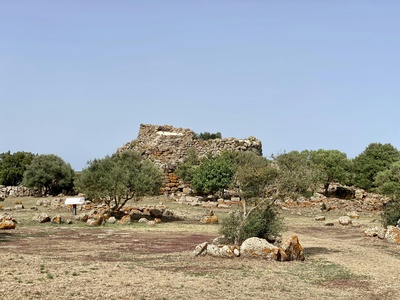
Ruins of Niansogoni
Tucked into a cliff face near the famous Sindou Peaks, Niansogoni is a stunning abandoned village. Its stone and mud-brick houses, granaries, and ritual sites were built in this hard-to-reach location for protection, offering a fascinating glimpse into past lives.
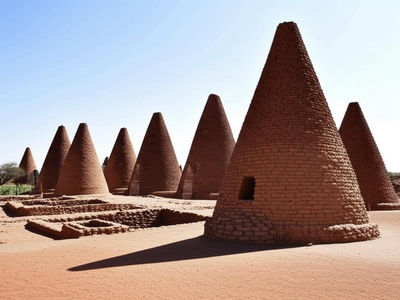
Tiwêga Metallurgy Site
This site showcases the incredible skill of ancient blacksmiths. You can see several well-preserved, direct-induction furnaces still standing today. These tall, chimney-like structures are a powerful testament to the widespread and sophisticated iron production that once thrived across the Sahel.
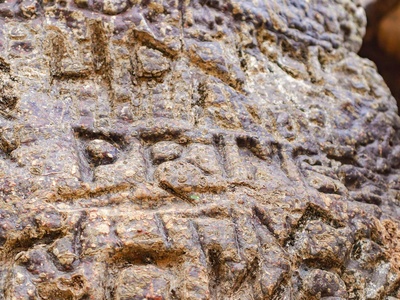
Pobé-Mengao Rock Carvings
This open-air gallery features hundreds of petroglyphs etched into rocky outcrops. The carvings, created over thousands of years, show warriors with lances, chariots, and a variety of wildlife, telling the long story of human and environmental change in the Sahel.
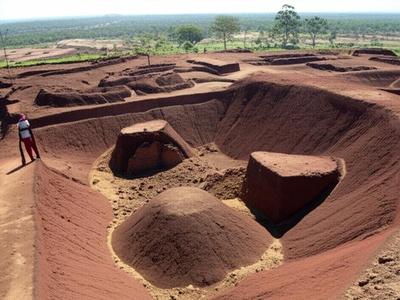
Békuy Metallurgy Site
Another key part of the UNESCO metallurgy series, Békuy is distinguished by its huge mounds of slag—industrial waste from iron smelting. The site’s furnaces, some partially buried, highlight a long and intensive period of iron production vital to the local economy.
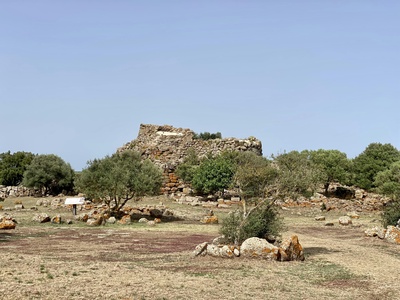
Ruins of Obiré
Located near the more famous Loropéni, Obiré was a major political and religious center for the Gan people. Its ruins include fortifications and the remains of royal residences, offering important insights into the history of the Gan kingdom and its defensive strategies.
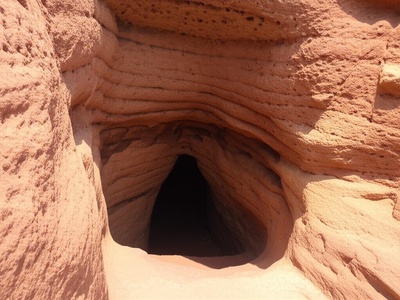
Hypogea of Ziniare
A unique archaeological puzzle, these underground dwellings were carved out of laterite soil. While their exact age and purpose are debated—whether for permanent homes, storage, or hiding places during raids—they represent a fascinating and unusual form of ancient architecture in the region.
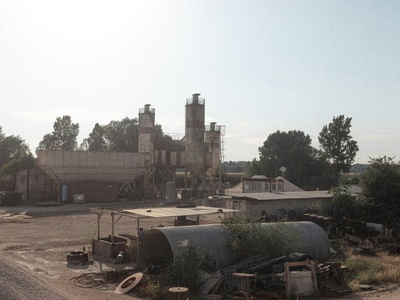
Yamané Metallurgy Site
Similar to nearby Tiwêga, the Yamané site is an important component of Burkina Faso’s iron history. The ruins of its furnaces demonstrate the advanced metallurgical knowledge that allowed communities to produce iron, a crucial material for tools, weapons, and economic power in the region.
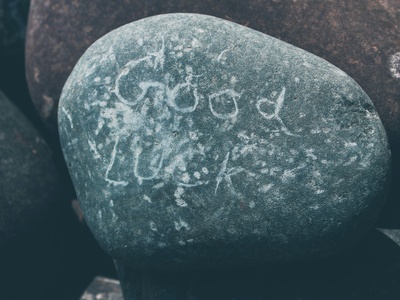
Markoye Rock Engravings
This major rock art site in the arid Sahel contains a vast collection of engravings spanning different eras. The famous “chariot routes” carvings suggest ancient trans-Saharan connections, while later images of horsemen and camels document the changing cultures and climate of the region.

